AMSTERDAM — Nurses need to be fully involved in developing the tools that are meant to make workflows within the healthcare system more efficient, delegates at HLTH Europe 2024 heard here on June 19.
But "a lot of these technology tools really don't make our lives any easier," said Bonnie Clipper, DNP, MBA, RN, CEO of Innovation Advantage, a company in the United States that aims to modernize nursing practice. "They don't stream our workflows. They don't improve outcomes."
The irony, said Amy Lochtie, RGN, innovation hub director at West Yorkshire Integrated Care Board, United Kingdom, is that nurses end up being the ones who must learn, deliver, and teach new technologies that arrive at the ward to each new rotation of doctors.
Part of the problem, she explained, is that often the people "who are driving innovation into systems only really want to talk to the people who own the money because they're the ones who ultimately are going to buy a product. So that then automatically leaves a big portion of the workforce behind on making those decisions."
 Speakers at the session "The Silent Majority: Bringing Nursing to the Fore". From left to right: Franziska Stubbemann, Digital Health Lead, KPS Software GmbH; Lucien Engelen; Amy Lochtie; Francisco José Garcia, Universidad Complutense de Madrid; Bonnie Clipper.
Speakers at the session "The Silent Majority: Bringing Nursing to the Fore". From left to right: Franziska Stubbemann, Digital Health Lead, KPS Software GmbH; Lucien Engelen; Amy Lochtie; Francisco José Garcia, Universidad Complutense de Madrid; Bonnie Clipper.Another issue, explained Clipper, is that hospital administrators look at novel technologies and wonder how they can give nurses "two or three more patients". Nurses, on the other hand, ask: How do we make our lives easier, without making mistakes, while improving patient care, and maybe getting a lunch or bathroom break?
"It's very, very different in terms of our alignment," said Clipper.
"What we want to avoid is just putting a solution in for the sake of it," Lochtie told Medscape Medical News. It's important to understand the problem that the digital solution aims to solve, she said.
Nursing at Breaking Point
Getting the right technologies to the frontlines of healthcare is vital at a time when healthcare systems around the world, and the staff that work within them, are in a state of crisis.
Nurses are bearing a large brunt of this pressure and are feeling its impacts.
According to Paul De Raeve, PhD, RN, secretary general of the European Federation of Nursing Associations (EFN), who was not involved in the discussion, a full 30% of frontline nurses resigned following the COVID-19 pandemic, and there is a projected shortfall of approximately six million nurses worldwide by 2030.
A recent EFN member survey found that the three most commonly reported reasons for nurses leaving the profession are low compensation, exhaustion due to overwork from the pandemic period, and a lack of flexibility in their working schedule, which "means those who are staying hardly have time to do their daily job," De Raeve said.
That lack of time translates to job strain, which for nurses is twice the European Union average, according to the 2023 European and Social Development Report.
Much of that strain is caused by administrative tasks that can take "up to 40%" of each nursing shift, according to Lucien Engelen , CEO of innovation consulting company Transform.Health, the Netherlands, speaking at the conference.
This is where technology could ease a large part of the burden.
A New Model of Healthcare Delivery
The key, Lochtie said, is to retain the skills of those considering leaving traditional nursing "in a very different model" that offers nurses the option of improving their work-life balance by working via innovations such as virtual wards and remote monitoring.
The idea would involve sending patients home with technologies that support their care and empowering families to deliver it following discharge, she explained.
But this would require up to 15 or 20 novel technologies and systems to continue to provide the same level of care, Clipper said.
These need to be developed with careful consideration. It's really important to understand the problems that digital solutions aim to resolve, Lochtie told Medscape Medical News.
Nurses are in a position here to make a difference.
"It's about respect," Engelen said, "and also involving them in the loop and asking them what they need, as opposed to others trying to figure out what we think that they need."
Nurses Are Already Innovators
Lochtie explained that it will be important to get nurses to realize that they can be innovators. "They've really struggled to identify that themselves because it's not something we're taught from the very start."
This will require a cultural shift because the current model of nursing is too "regimented", and "the technology is moving faster than the nursing model is letting us move." The hierarchical nature of medical practice is also holding nurses back from getting more involved. "You have your place in the pecking order, and you don't shift from that," Lochtie explained to Medscape Medical News.
Gender bias is also a problem. Women constitute 67.2% of the global health and social care workforce, yet occupy only a quarter of senior healthcare roles, according to the World Health Organization.
Lochtie said the situation has improved since she first started in nursing, but "I still don't think it's there yet."
What needs to happen next is that nurses should not rely on other people being their allies and should instead feel confident enough in their skills and education "to see that we are leaders," said Lochtie.
"We just have to lean in and stop waiting to be asked. We have to push our way into the conversations and make sure that nursing is part of it. …If you look around and you're in a meeting and there's not a nurse, ask to have a nurse included.
"We have to stop being so patient. The thing about healthcare is we're so broken we can only make it better. We have to figure out how to do that."
HLTH Europe is a largescale healthcare industry event sponsored by a wide array of companies. The 2024 event was held in Amsterdam from June 17 to 21.

.webp) 2 days ago
3
2 days ago
3
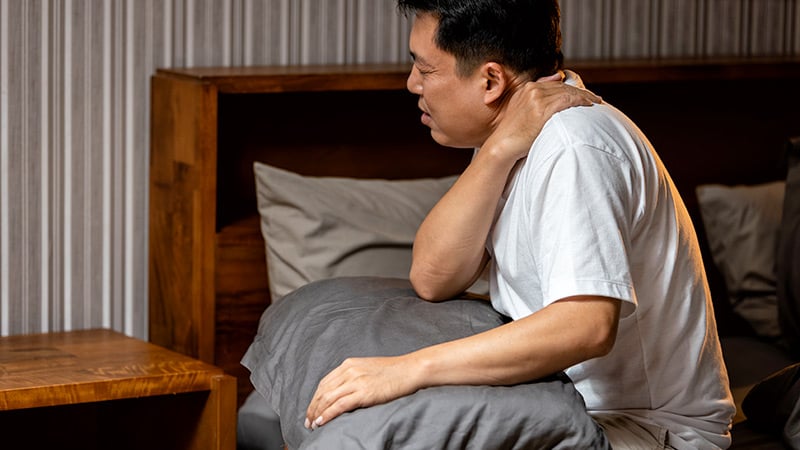


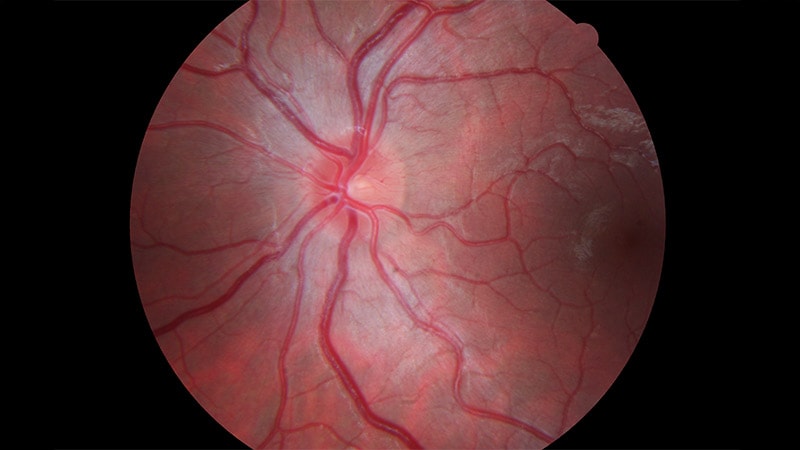


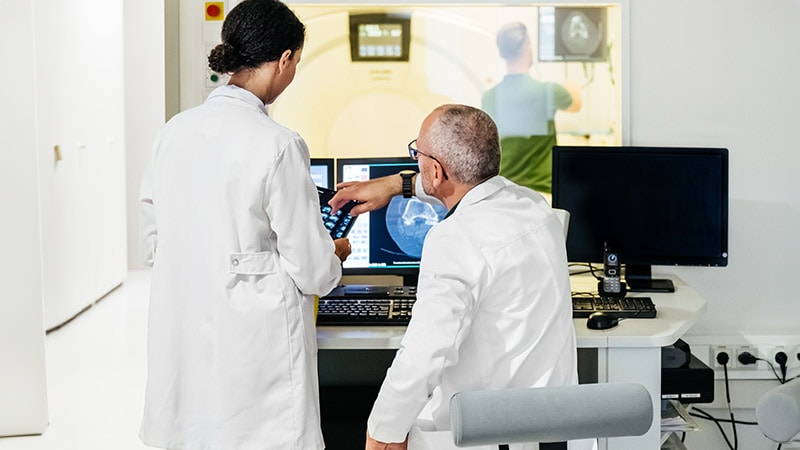
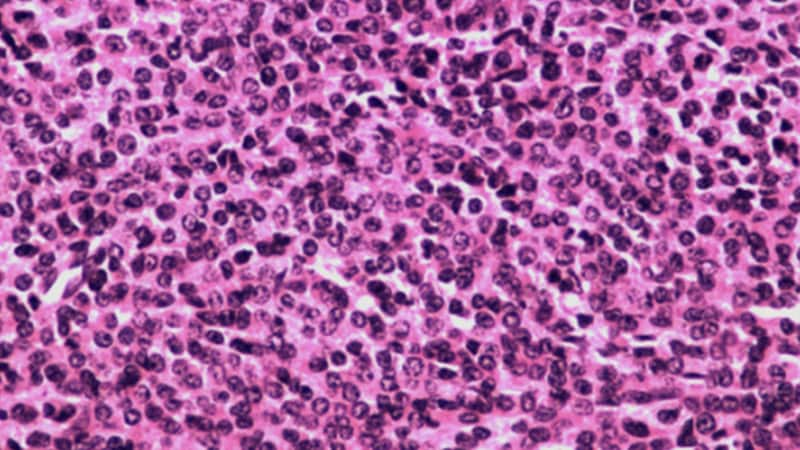

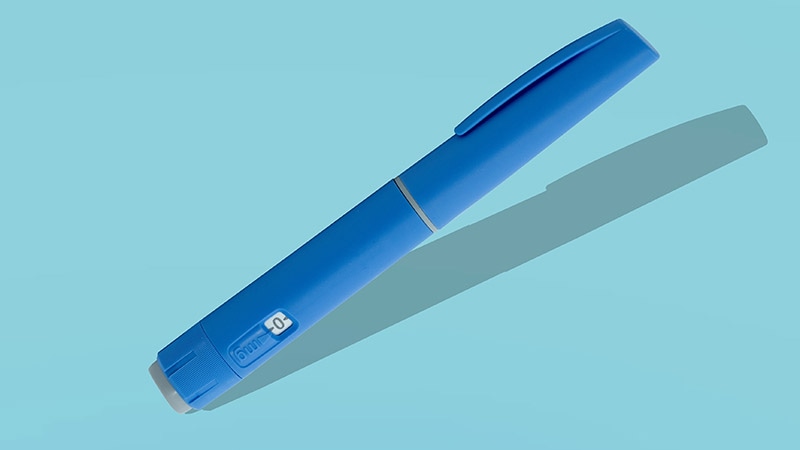

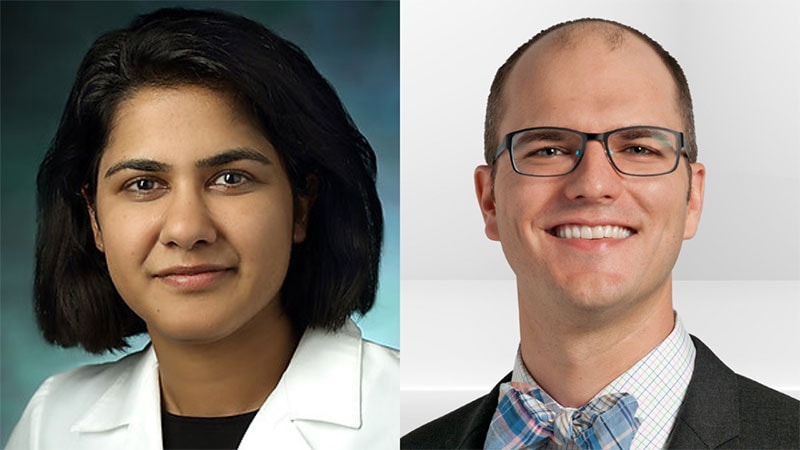






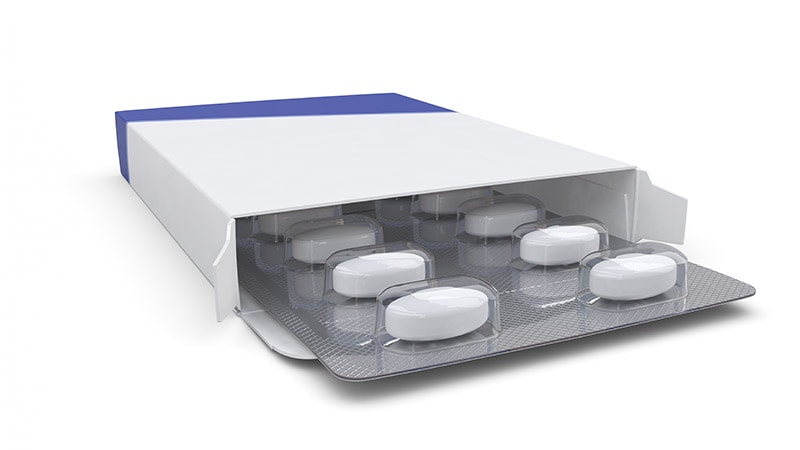







 English (US)
English (US)